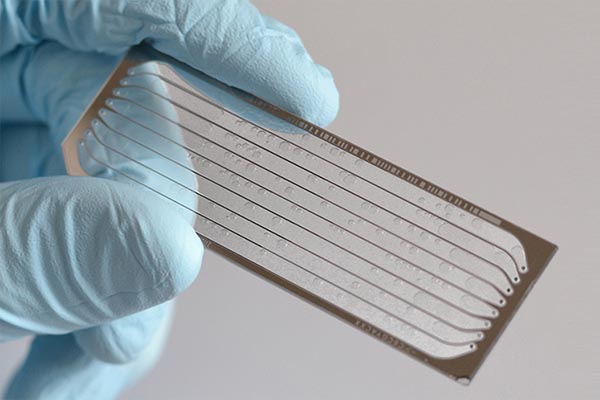
Full Text:
Scientists took an important step toward safer gene-editing cures for life-threatening disorders, from cancer to HIV to Huntington’s disease, by developing a technique that can spot editing mistakes a popular tool known as CRISPR makes to an individual’s genome. In theory, gene-editing should work much like fixing a recurring typo in a document with an auto-correct feature, but CRISPR molecules--proteins that find and edit genes--sometimes target the wrong genes, acting more like an auto-correct feature that turns correctly spelled words into typos.
Editing the wrong gene could create new problems, such as causing healthy cells to become cancerous. The team developed a way to rapidly test a CRISPR molecule across a person’s entire genome to foresee other DNA segments it might interact with besides its target.Image credit: Image by Wikimedia user Bainscou, via Creative Commons Attribution 3.0 license